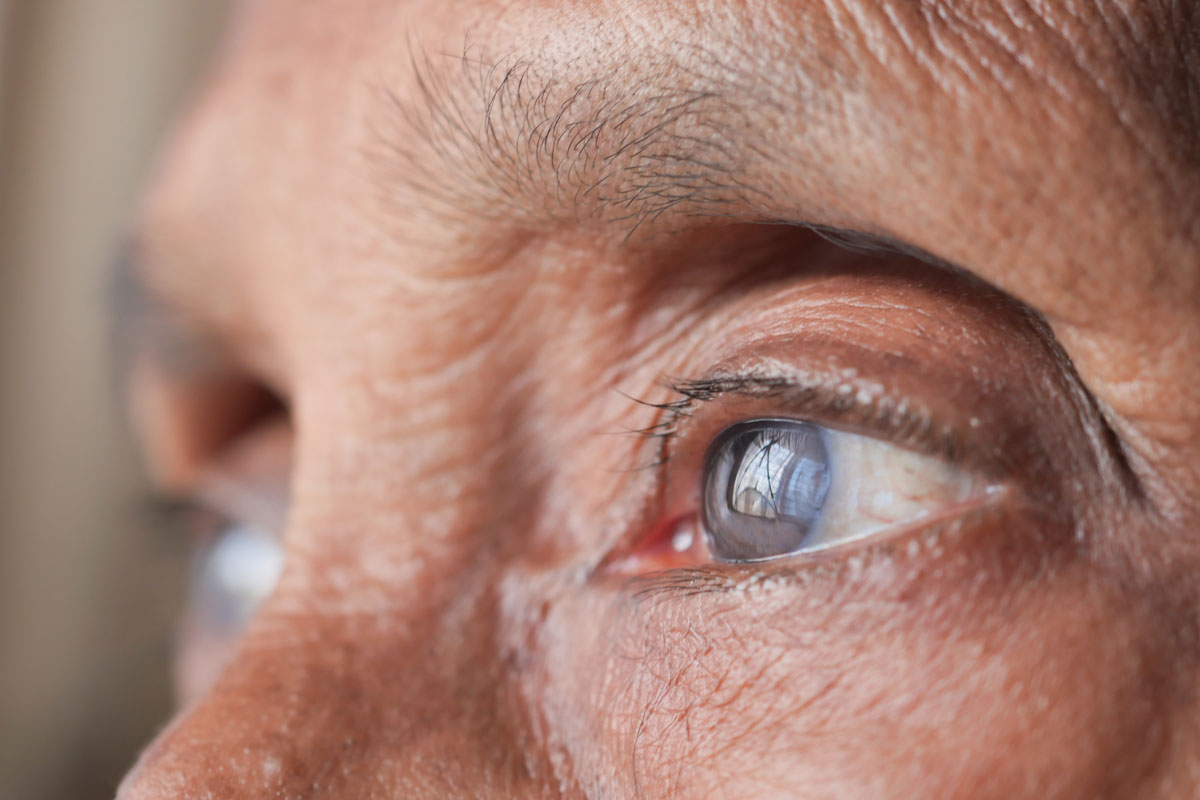Vision problems can arise from various eye conditions, making it challenging to determine
the cause of blurry vision, glare, or discomfort. Cataracts are a common age-related
condition, but they are not the only issue that can affect eyesight. Understanding the key
differences between cataracts and other eye conditions can help in early diagnosis and
effective treatment.
What Are Cataracts?
Cataracts occur when the eye’s natural lens becomes cloudy, leading to blurred vision,
difficulty seeing in dim light, and increased glare sensitivity. They typically develop slowly
over time and are most common in older adults.
Symptoms of Cataracts
- Blurry or cloudy vision
- Increased sensitivity to light and glare
- Difficulty seeing at night
- Fading or yellowing of colors
- Frequent changes in eyeglass prescription
How Cataracts Differ from Other Eye Conditions
Cataracts share symptoms with other vision problems, but key differences set them apart.
Here’s how cataracts compare to other common eye conditions:
- Cataracts vs. Glaucoma
Glaucoma is a condition that damages the optic nerve due to increased intraocular
pressure. Unlike cataracts, which cause cloudy vision, glaucoma leads to gradual peripheral
vision loss and can result in blindness if untreated.
Key Differences:
- Cataracts affect the eye’s lens, leading to cloudy vision.
- Glaucoma affects the optic nerve, causing tunnel vision and peripheral vision loss.
- Pain & Pressure: Cataracts are painless, while some forms of glaucoma cause eye
- pain and pressure.
- Cataracts vs. Age-Related Macular Degeneration (AMD)
AMD affects the macula, the central part of the retina responsible for sharp vision. Unlike
cataracts, which cause overall blurriness, AMD primarily affects central vision, leading to
blind spots or distortion.
3. Cataracts vs. Diabetic Retinopathy
Diabetic Retinopathy occurs when high blood sugar damages blood vessels in the retina, leading to vision problems. Unlike cataracts, which cause gradual blurring, diabetic retinopathy can cause sudden vision changes, floaters, and dark spots.
Key Differences:
- Cataracts cause slow, progressive vision loss, while diabetic retinopathy can cause sudden or fluctuating vision changes.
- Diabetic Retinopathy may cause floaters and dark patches that obstruct vision.
- Managing blood sugar levels can help control diabetic retinopathy, while cataract surgery is the only treatment for cataracts.
4. Cataracts vs. Dry Eye Syndrome
Dry Eye Syndrome occurs when the eyes do not produce enough tears, causing irritation, redness, and fluctuating vision. Cataracts, on the other hand, do not cause discomfort or redness.
Key Differences:
- Dry eyes cause irritation, burning, and eye redness, while cataracts do not.
- Cataracts cause permanent clouding of vision, while dry eye symptoms can improve with artificial tears and hydration.
When to See an Eye Doctor
If you experience any of the following, schedule an eye exam:
- Persistent blurry vision
- Frequent prescription changes
- Difficulty seeing in low light or increased glare sensitivity
- Loss of peripheral or central vision
Final Thoughts
While cataracts are a leading cause of vision impairment, they are not the only condition that affects eyesight. Understanding the differences between cataracts, glaucoma, AMD, diabetic retinopathy, and dry eye syndrome can help individuals seek the right diagnosis and treatment. If you are experiencing vision problems, consult an eye specialist for a comprehensive eye exam to determine the cause and explore your treatment options.
If you suspect you might need cataract surgery, schedule an appointment with an eye specialist today.
Book Your Cataract Consultation Today!
At Solasta Healthcare we offer expert private cataract consultations. Take the first step toward clearer vision and a better quality of life!
Call us: 028 40 648 486
Email: info@solastahealthcare.com
Visit: Solasta Healthcare

